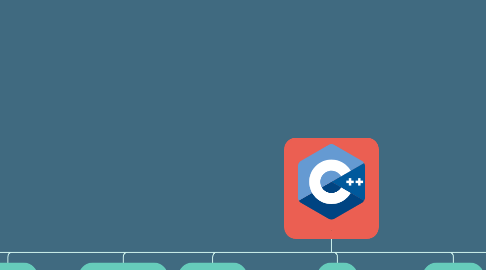.
by Karim mohamed Abdelaziz goda


1. c++ basic
1.1. Basic Syntax
1.2. Loop Types
1.3. Comments
1.4. Recursion
1.5. Data Types
1.6. Variable Types
1.7. Operators
1.8. Functions
1.9. Arrays
1.10. Strings
1.11. Pointers
1.12. References
1.13. Basic Input/Output
1.14. Data Structures
2. Data Types
2.1. bool
2.2. char
2.3. int
2.4. float
2.5. double
2.6. void
3. Operators
3.1. Arithmetic Operators
3.1.1. +
3.1.2. -
3.1.3. /
3.1.4. *
3.1.5. %
3.1.6. ++
3.1.7. --
3.2. Relational Operators
3.2.1. ==
3.2.2. !=
3.2.3. <
3.2.4. >
3.2.5. <=
3.2.6. >=
3.3. Logical Operators
3.3.1. &&
3.3.2. ||
